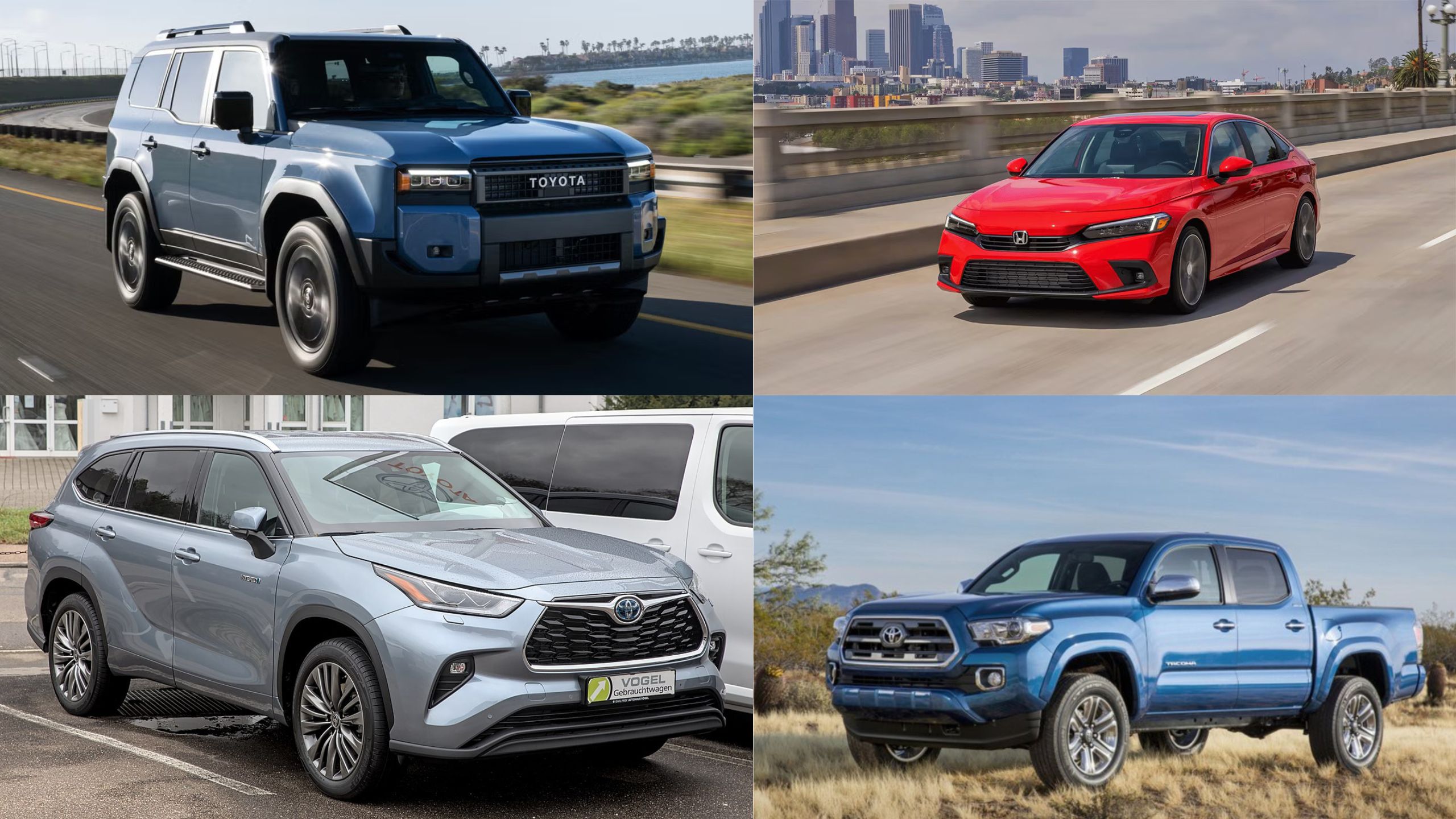When a vehicle owner keeps their car for a decade or longer, it speaks volumes about the vehicle’s reliability, satisfaction, and enduring value.
While the average American trades in their vehicle every 5-7 years, a select group of car owners forge long-term relationships with their vehicles, hanging onto them through countless miles and memories.
This exceptional loyalty isn’t just about nostalgia it represents genuine satisfaction with a purchase decision that continues to deliver value year after year.
The vehicles that inspire this kind of devotion typically excel in dependability, maintain reasonable operating costs, and fulfill their owners’ needs consistently over time.
The following list showcases twelve remarkable vehicles that have earned their owners’ loyalty for a decade or more. These models represent different segments of the market but share common traits: exceptional build quality, impressive reliability records, and designs that remain functional and enjoyable long after newer models have appeared in showrooms.
From practical family haulers to specialized enthusiast vehicles, these twelve cars have proven themselves worthy of long-term commitment in an industry where new and shiny alternatives constantly beckon.
1. Toyota Land Cruiser
The Toyota Land Cruiser stands as perhaps the ultimate testament to automotive longevity and owner loyalty. This legendary SUV has cultivated a devoted following unlike almost any other vehicle, with owners routinely keeping their Land Cruisers for well beyond a decade, sometimes even passing them down through generations.
The Land Cruiser’s exceptional retention rate stems from its unparalleled combination of luxury, reliability, and go-anywhere capability.
Toyota engineered these vehicles with a philosophy of overbuilding components to withstand harsh conditions, resulting in an SUV that can easily accumulate hundreds of thousands of miles with proper maintenance.
The 200 Series Land Cruiser (2008-2021) in particular featured a bombproof 5.7-liter V8 engine and transmission combination known for exceptional durability.
Beyond mechanical excellence, the Land Cruiser’s timeless design contributes significantly to its long-term appeal. Rather than chasing trends, Toyota consistently refined a classic formula, maintaining the vehicle’s iconic silhouette while gradually integrating modern amenities.
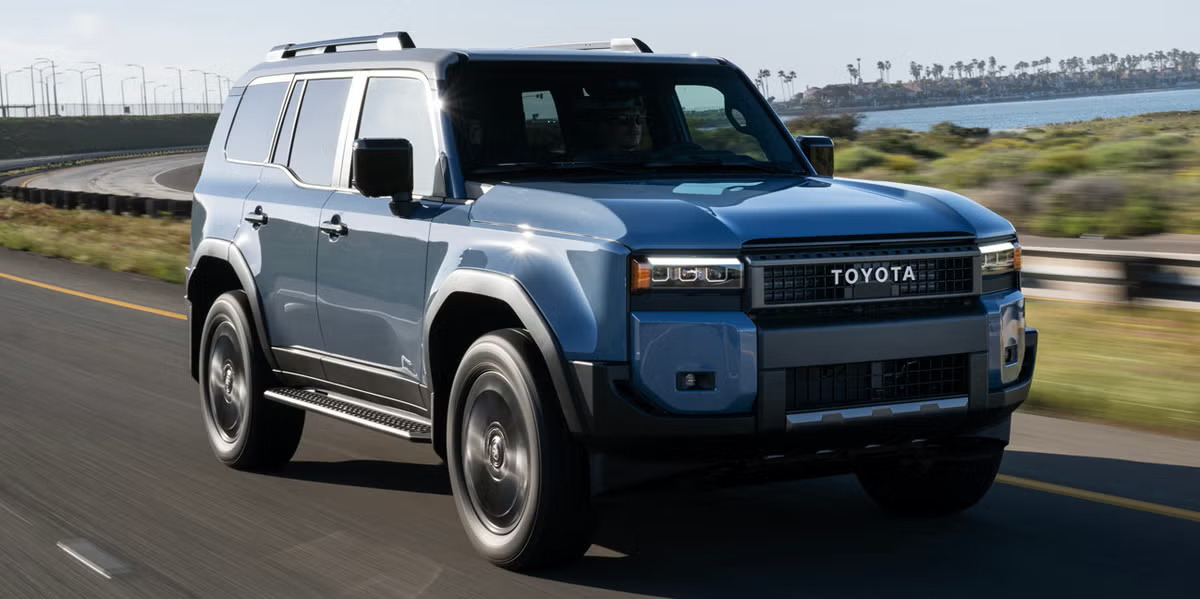
The interior materials were selected for durability rather than flash, with quality leather and trim pieces that withstand years of use without significant degradation.
The Land Cruiser’s unique market position also explains its remarkable retention rate. As one of the few vehicles offering genuine luxury alongside true off-road capability, it fills a specific niche that few competitors can match.
Many owners report that even after a decade, no newer vehicle quite offers the same balance of attributes that originally attracted them to the Land Cruiser.
Perhaps most tellingly, Land Cruiser owners often form emotional connections with their vehicles after years of reliable service through family road trips, off-road adventures, and daily commutes.
This combination of emotional attachment and practical excellence creates the perfect recipe for extraordinary owner retention, making the Land Cruiser a standout example of automotive longevity.
2. Honda Civic
The Honda Civic represents one of the automotive world’s greatest success stories in customer loyalty, with a remarkable percentage of owners keeping their vehicles for a decade or longer.
This compact car has built its reputation on a foundation of exceptional reliability, impressive fuel efficiency, and surprisingly engaging driving dynamics, all at an accessible price point.
What makes the Civic’s long-term appeal particularly impressive is that it succeeds in a segment where value-oriented buyers might be expected to trade up more frequently.
Instead, many Civic owners discover that their initial economical purchase continues delivering value year after year, with maintenance costs staying reasonable even as the odometer climbs well into six digits.
The eighth and ninth-generation Civics (2006-2015) in particular demonstrate exceptional longevity, with many examples still serving as daily drivers with minimal issues after 15+ years on the road.
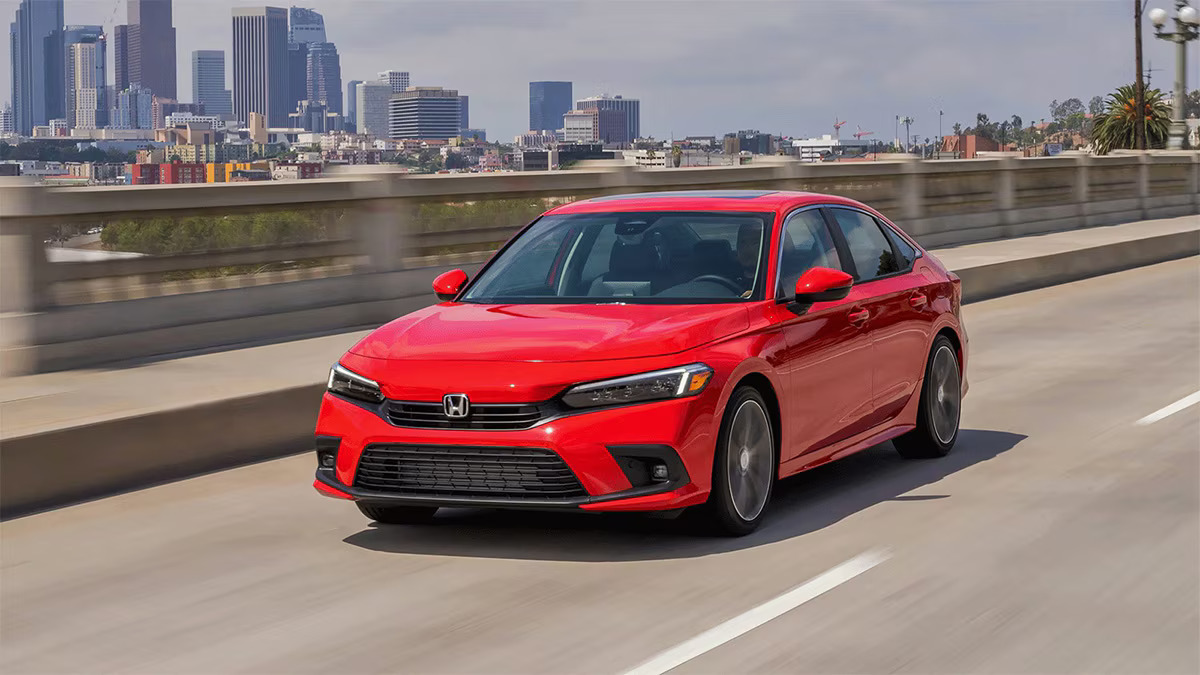
Honda’s engineering philosophy plays a crucial role in the Civic’s longevity. Rather than pursuing cutting-edge but unproven technologies, Honda has traditionally focused on refining proven mechanical systems.
This approach results in powertrains like the popular 1.8L and 2.0L naturally aspirated four-cylinder engines that prioritize durability and efficiency over maximum power. Similarly, Honda’s manual and automatic transmissions from this era have earned a reputation for lasting well beyond 200,000 miles with basic maintenance.
Beyond mechanical reliability, the Civic’s practical design contributes significantly to owner retention. The car’s spacious interior relative to its exterior dimensions, excellent visibility, and ergonomic controls create a user-friendly experience that doesn’t grow tiresome over years of ownership. Additionally, the Civic’s consistently strong resale value often removes the financial incentive to trade for a newer model, as owners recognize their well-maintained older Civic retains much of its value.
The Civic community itself further reinforces long-term ownership, with extensive online resources, affordable aftermarket support, and a culture that celebrates high-mileage examples. This combination of practical excellence and community reinforcement helps explain why so many Civic owners see no compelling reason to part with their trusty companions even after a decade on the road.
3. Toyota Tacoma
The Toyota Tacoma has cultivated an almost cult-like following among owners, with an exceptional percentage keeping their midsize trucks for ten years or longer. This remarkable retention rate stems from Tacoma’s unique position in the market as a midsize truck that combines legendary reliability with genuine off-road capability and everyday practicality.
Toyota’s conservative engineering approach with the Tacoma has proven particularly effective for long-term ownership. Rather than rushing to implement new but unproven technologies, Toyota has traditionally focused on refining established mechanical systems across generations.
The 2005-2015 second-generation Tacoma exemplifies this philosophy perfectly, featuring robust powertrains including the renowned 4.0L V6 engine that routinely surpasses 300,000 miles with basic maintenance.
The truck’s frame construction and drivetrain components are famously overbuilt, contributing to exceptional longevity even in harsh conditions. The Tacoma’s exceptional resale value creates a unique ownership proposition that encourages long-term retention.
Many owners discover that after 5-7 years, when most vehicles have depreciated significantly, their well-maintained Tacoma retains so much value that trading up to a newer model offers minimal financial benefit.
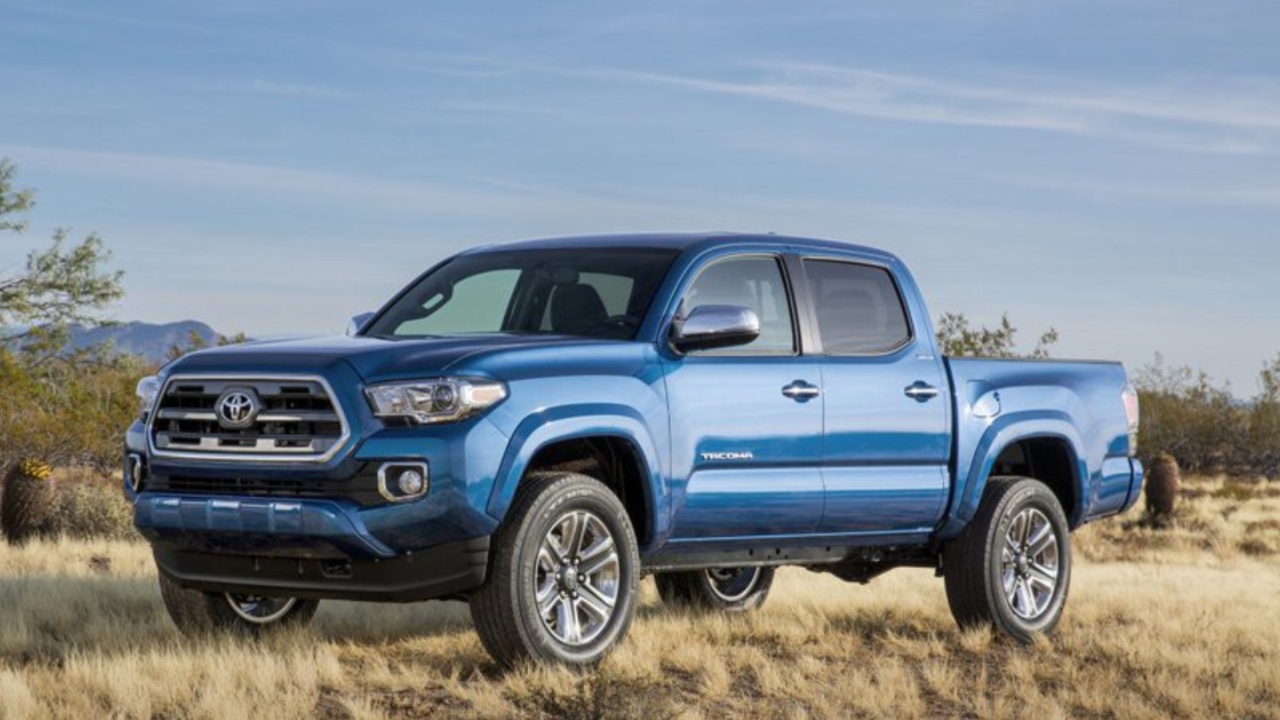
This resilient value proposition effectively removes one of the primary motivations for trading vehicles, convincing many owners to simply continue enjoying their proven performer.
Beyond practical considerations, the Tacoma has cultivated a distinct identity that resonates deeply with its owner base. Its authentic off-road capability, combined with reasonable dimensions for everyday use, creates versatility that remains relevant through changing life circumstances.
The truck’s rugged aesthetic also ages gracefully compared to more fashion-forward designs, meaning a decade-old Tacoma still carries visual appeal and cultural cachet among enthusiasts.
The extensive aftermarket support for the Tacoma further reinforces long-term ownership, allowing owners to adapt their trucks to evolving needs rather than trading for different vehicles.
From overlanding modifications to work-oriented upgrades, the ability to personalize and evolve the truck over time creates a vehicle that grows with its owner rather than becoming obsolete, a significant factor in the Tacoma’s remarkable ten-year-plus retention statistics.
4. Subaru Forester
The Subaru Forester represents one of the most compelling examples of owner loyalty in the crossover segment, with a substantial percentage of buyers keeping their vehicles well beyond the ten-year mark.
This exceptional retention rate stems from the Forester’s unique combination of practical design, all-weather capability, and mechanical durability that continues satisfying owners long after the typical trade-in window.
Subaru’s signature symmetrical all-wheel drive system forms the core of the Forester’s long-term appeal.
Many owners in snowy regions or rural areas report that after experiencing the confidence-inspiring traction and stability of the Forester through countless winter storms and challenging conditions, they simply cannot imagine downgrading to a less capable vehicle.
The third-generation Forester (2009-2013) particularly exemplifies this virtue, with its 8.7 inches of ground clearance and well-calibrated AWD system delivering genuine off-pavement capability without sacrificing on-road comfort.
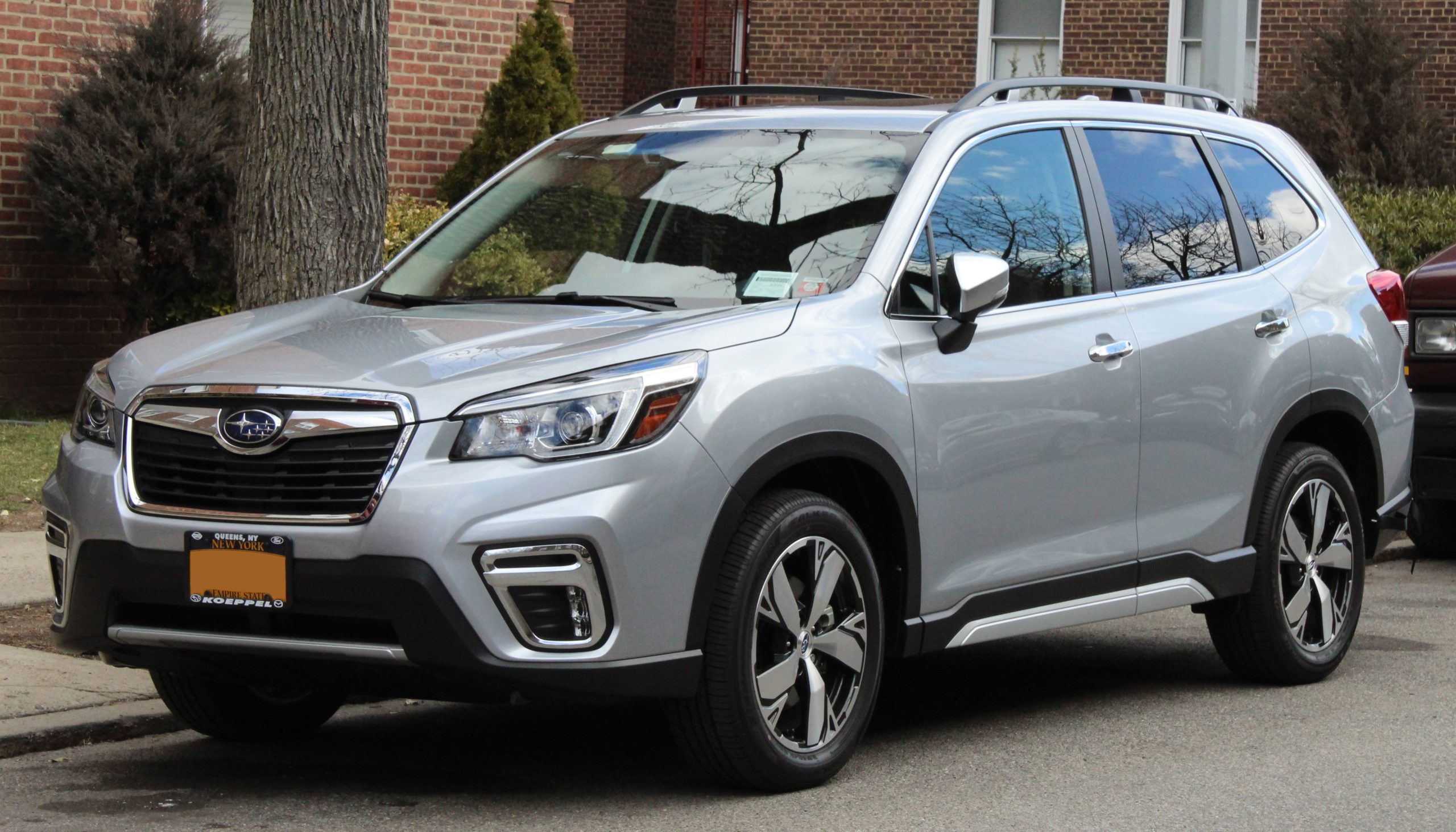
The Forester’s practical, function-first design philosophy has aged remarkably well compared to more fashion-focused competitors. Its boxy silhouette maximizes interior space and visibility, two attributes owners increasingly appreciate over the years of ownership.
The upright design with large windows creates an airy cabin experience that feels contemporary even as the vehicle ages, while thoughtful details like wide-opening doors and a low cargo floor continue providing daily convenience year after year.
Mechanically, the Forester has earned its reputation for durability, particularly among owners who maintain their vehicles according to Subaru’s recommended service intervals.
The naturally-aspirated boxer engines, while not the most powerful in the segment, deliver reliable performance with reasonable maintenance costs even as odometers climb well into six-figure territory. This mechanical dependability creates both practical and financial incentives for extended ownership.
Perhaps most significantly, many Forester owners develop an emotional connection with their vehicles that transcends practical considerations. These crossovers often become trusted companions for outdoor adventures, family road trips, and daily commutes through challenging conditions.
This combination of emotional attachment and practical excellence explains why so many Forester owners, when considering their next vehicle purchase after a decade of ownership, ultimately decide that their current Forester still meets their needs perfectly well.
Also Read: 10 Cars That Last Through Years of Rideshare Driving
5. Toyota Highlander
The Toyota Highlander has emerged as one of the automotive industry’s champions of long-term ownership, with an impressive percentage of original buyers still behind the wheel of their midsize SUVs after a decade or more.
This remarkable retention rate reflects the Highlander’s exceptional ability to remain relevant through changing family dynamics and evolving transportation needs.
At the heart of the Highlander’s long-term appeal lies Toyota’s legendary reliability engineering. The second-generation Highlander (2008-2013) in particular exemplifies this virtue, with its 3.5-liter V6 engine and transmission combination demonstrating exceptional longevity.
Owners routinely report reaching 250,000+ miles with only routine maintenance, an impressive achievement that removes one of the primary motivations for vehicle replacement.
This mechanical dependability translates directly to lower total ownership costs, creating a powerful financial incentive to maintain the relationship rather than starting fresh with a new vehicle.
The Highlander’s thoughtful packaging contributes significantly to its decade-plus retention statistics. With three rows of seating available in a reasonably sized footprint, the vehicle adapts gracefully as family needs evolve.
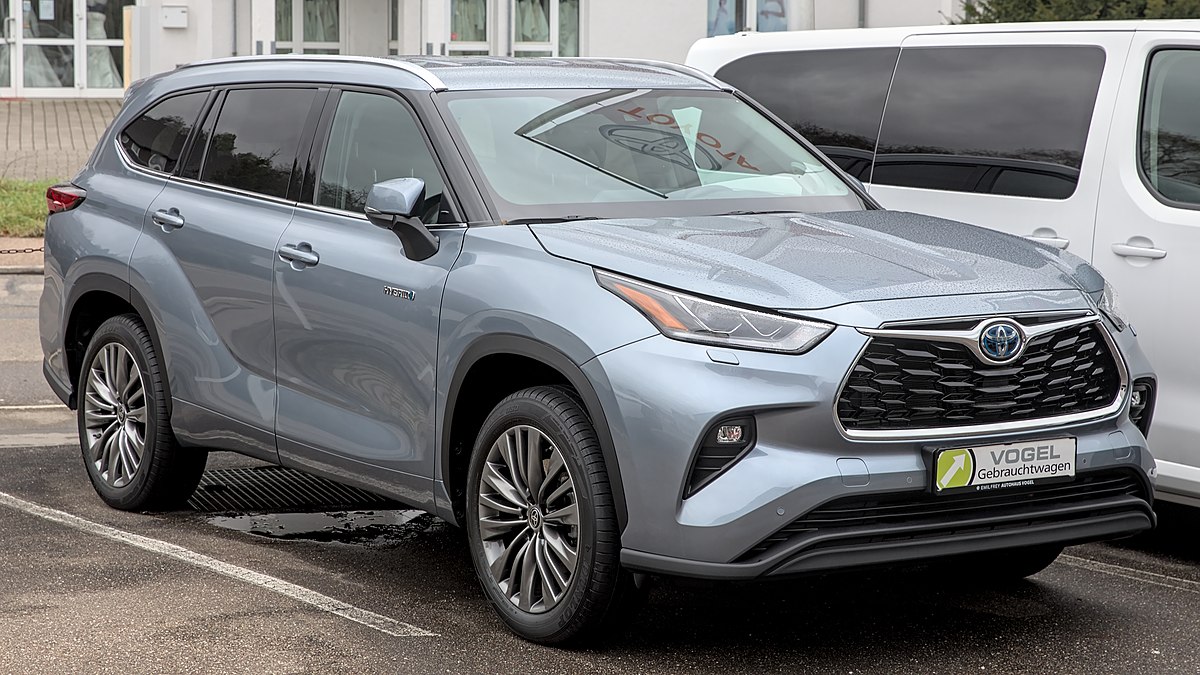
Young parents who initially purchased a Highlander for growing families discover that the same vehicle transitions perfectly into carpooling duties, teenage drivers’ needs, and eventually empty-nest versatility. This adaptability through life stages eliminates the need to trade up or down as circumstances change.
Toyota’s conservative approach to styling and technology integration further enhances the Highlander’s long-term ownership proposition. Rather than implementing flashy but potentially problematic cutting-edge features, the Highlander traditionally focused on refining proven systems.
This approach means that even decade-old examples don’t feel dramatically outmoded in terms of functionality, while avoiding the electronic issues that often plague technology-forward competitors as they age.
Perhaps most tellingly, many long-term Highlander owners report that when they occasionally shop for replacement vehicles, they struggle to identify significant improvements in newer models that would justify the substantial financial outlay.
This “good enough” factor, where the existing vehicle continues meeting needs without major compromises, creates a powerful inertia toward continued ownership that helps explain why the Highlander consistently ranks among vehicles with the highest retention rates after ten years.
6. Lexus RX
The Lexus RX luxury crossover has earned distinction as one of the vehicles most likely to remain with its original owner beyond the ten-year mark, setting a standard for owner satisfaction that few competitors can match.
This exceptional retention rate reflects the RX’s unique combination of luxury, reliability, and timeless design that continues delivering value long after most luxury vehicles have been traded in.
Lexus engineered the RX with a fundamentally different philosophy than many European luxury competitors, prioritizing long-term durability over cutting-edge technology or maximum performance.
This approach is particularly evident in the third-generation RX (2010-2015), which featured a proven 3.5-liter V6 engine and transmission combination that routinely surpasses 200,000 miles with minimal issues.
Unlike many luxury vehicles that become financially burdensome as they age, the RX typically maintains reasonable maintenance costs throughout its lifespan, removing a key motivation for replacement.
The RX’s interior design philosophy contributes significantly to its long-term appeal. Rather than chasing trends with flashy but potentially problematic touch interfaces, earlier generations featured physical controls designed for intuitive operation and long-term durability.
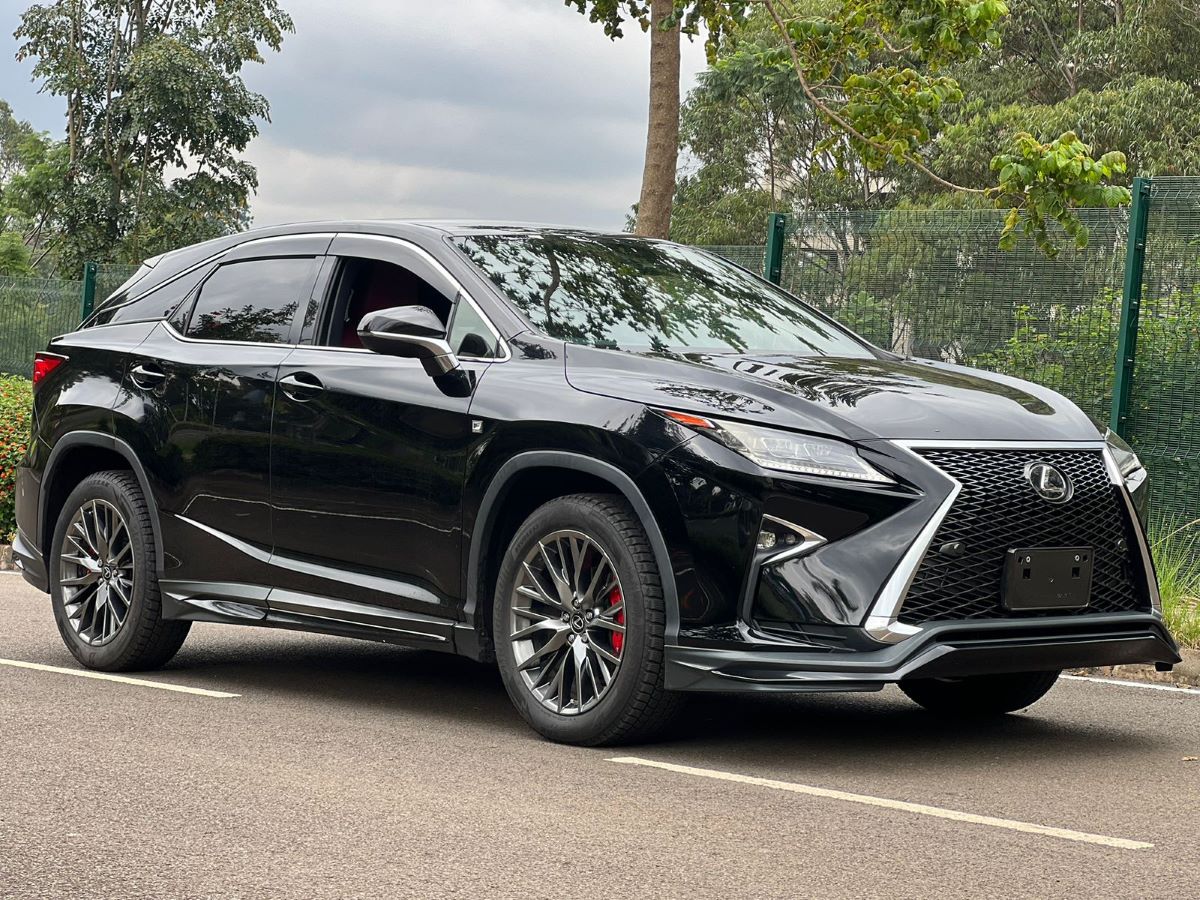
The materials chosen, particularly the leather upholstery and wood trim, were selected not just for initial impression but for how they would wear over a decade of use. This focus on longevity means that well-maintained examples continue providing a premium experience even as they age.
Lexus’s consistent design language has also helped the RX avoid looking prematurely dated, a common issue that drives replacement cycles in the luxury segment.
The brand’s evolutionary rather than revolutionary styling updates mean that older RX models maintain a certain timelessness that doesn’t immediately broadcast their age. This visual longevity helps owners avoid the social pressure to upgrade that often affects premium vehicle segments.
Perhaps most significantly, the RX created its category of luxury crossover that perfectly balanced comfort, practicality, and reasonable operating costs. Many owners report that when considering replacement, they struggle to identify another vehicle, even among newer options that better meet their particular combination of priorities.
This “perfect fit” phenomenon creates powerful inertia toward continued ownership, helping explain why the RX consistently appears among vehicles with the highest ten-year retention rates.
7. Honda CR-V
The Honda CR-V stands as one of the automotive industry’s most remarkable success stories in long-term ownership, with an impressive percentage of original buyers keeping their compact crossovers for a decade or more.
This exceptional retention rate reflects the CR-V’s masterful blend of practicality, reliability, and everyday usability that continues satisfying owners long after most vehicles have been traded in.
Honda’s engineering philosophy with the CR-V has consistently prioritized mechanical durability over flashy features or maximum performance. The third and fourth-generation models (2007-2016) particularly exemplify this approach, featuring naturally-aspirated four-cylinder engines and transmission combinations designed for longevity rather than class-leading power figures.
This focus on mechanical robustness means that properly maintained CR-Vs routinely accumulate 200,000+ miles with minimal major repairs, eliminating one of the primary motivations for vehicle replacement.
The CR-V’s thoughtful packaging contributes significantly to its long-term appeal. Despite its compact exterior dimensions, the vehicle offers surprisingly generous interior space that continues to meet owners’ needs through changing life circumstances.
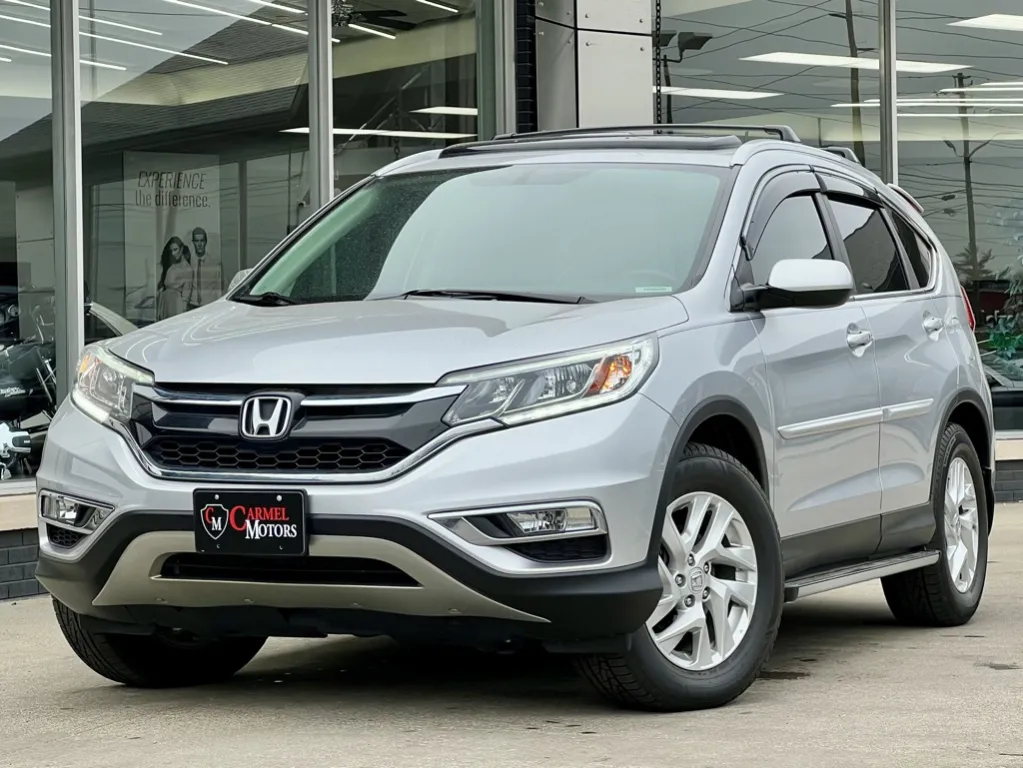
The raised seating position, excellent visibility, and easy entry/exit design create a user-friendly experience that owners continue to appreciate year after year. Additionally, the CR-V’s cargo area featuring a low load floor and wide opening remains one of the most practical in its class, ensuring the vehicle stays relevant as owners’ transportation needs evolve.
Honda’s approach to gradual technology integration has helped the CR-V avoid the electronic gremlins that often plague aging vehicles. Rather than rushing unproven features to market, Honda typically introduced proven technologies as they matured.
This conservative approach means that even decade-old CR-Vs generally maintain functional reliability without the expensive electronic failures that often drive replacement decisions in competitor vehicles.
Perhaps most tellingly, the CR-V’s consistently strong resale value creates a unique ownership proposition that encourages retention. Many owners discover that after 6-8 years, when most vehicles have depreciated significantly, their well-maintained CR-V retains so much value that trading up offers minimal financial benefit.
This value proposition, combined with the vehicle’s continued practical excellence, creates a powerful incentive to simply continue enjoying a proven performer rather than starting fresh with a new vehicle.
8. Porsche 911
The Porsche 911 represents a fascinating anomaly in automotive retention statistics, a high-performance sports car that owners frequently keep for a decade or longer, defying the typically rapid turnover in the premium sports car segment.
This exceptional retention rate stems from the 911’s unique combination of emotional appeal, mechanical durability, and everyday usability that continues satisfying owners long after the initial purchase excitement has faded.
Unlike many exotic sports cars that eventually succumb to reliability issues and prohibitive maintenance costs, the 911, particularly the 997 and 991 generations (2005-2019) demonstrates remarkable mechanical robustness when properly maintained.
Porsche’s conservative engineering approach prioritizes proven technologies refined over multiple generations rather than implementing unproven cutting-edge systems.
This philosophy results in powertrains that routinely deliver six-figure mileage without major failures, allowing owners to enjoy their vehicles for extended periods without the reliability concerns that plague many competitors.
The 911’s timeless design language contributes significantly to its long-term appeal. While Porsche continuously evolves the iconic silhouette, the fundamental design remains recognizable across generations.
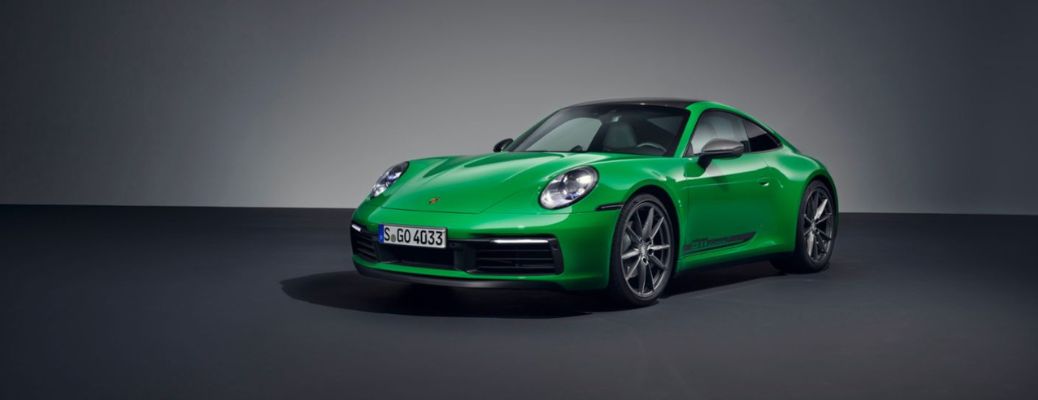
This evolutionary approach means that even decade-old examples maintain visual appeal without immediately broadcasting their age a significant factor in the premium sports car segment, where dated styling often drives replacement cycles.
The interior design follows similar principles, with a focus on timeless ergonomics and quality materials that wear gracefully rather than chasing ephemeral trends.
Perhaps most significantly, the 911 delivers a unique ownership proposition by combining genuine supercar performance with everyday practicality.
The rear-engine sports car offers usable rear seats (however small), reasonable luggage space, good visibility, and comfortable long-distance touring capabilities alongside its thrilling performance envelope.
This versatility means the 911 can serve as both a special-occasion vehicle and regular transportation, eliminating the need for owners to maintain multiple specialized vehicles.
The passionate owner community surrounding the 911 further reinforces long-term ownership. Extensive technical resources, enthusiast gatherings, and a culture that celebrates high-mileage examples create social reinforcement for continued ownership.
Additionally, many 911 variants, particularly limited production models, maintain or even appreciate over time, removing the financial depreciation that typically motivates vehicle replacement cycles and transforming the car into both an emotional and financial investment worth preserving.
9. Toyota Sienna
The Toyota Sienna has established itself as one of the automotive industry’s champions of long-term ownership, with an impressive percentage of original buyers still using their minivans after a decade or more.
This remarkable retention rate reflects Sienna’s exceptional ability to remain relevant through evolving family needs while providing the reliability that makes long-term ownership financially sensible.
At the heart of the Sienna’s long-term appeal lies Toyota’s commitment to mechanical durability. The second and early third-generation Siennas (2004-2016) exemplify this virtue, featuring the proven 3.5-liter V6 engine that routinely accumulates 250,000+ miles with basic maintenance.
The transmission and other drivetrain components demonstrate similar longevity, creating an ownership proposition where properly maintained examples rarely face the catastrophic repair bills that often drive replacement decisions.
This reliability track record is particularly valuable in the family-oriented minivan segment, where unexpected vehicle failures and repair costs can disrupt tight household budgets.
The Sienna’s thoughtful interior design contributes significantly to its decade-plus retention statistics. With flexible seating for seven or eight passengers, generous cargo capacity, and numerous family-friendly features, the vehicle adapts gracefully as children grow from car seats to sports equipment to college move-in days.
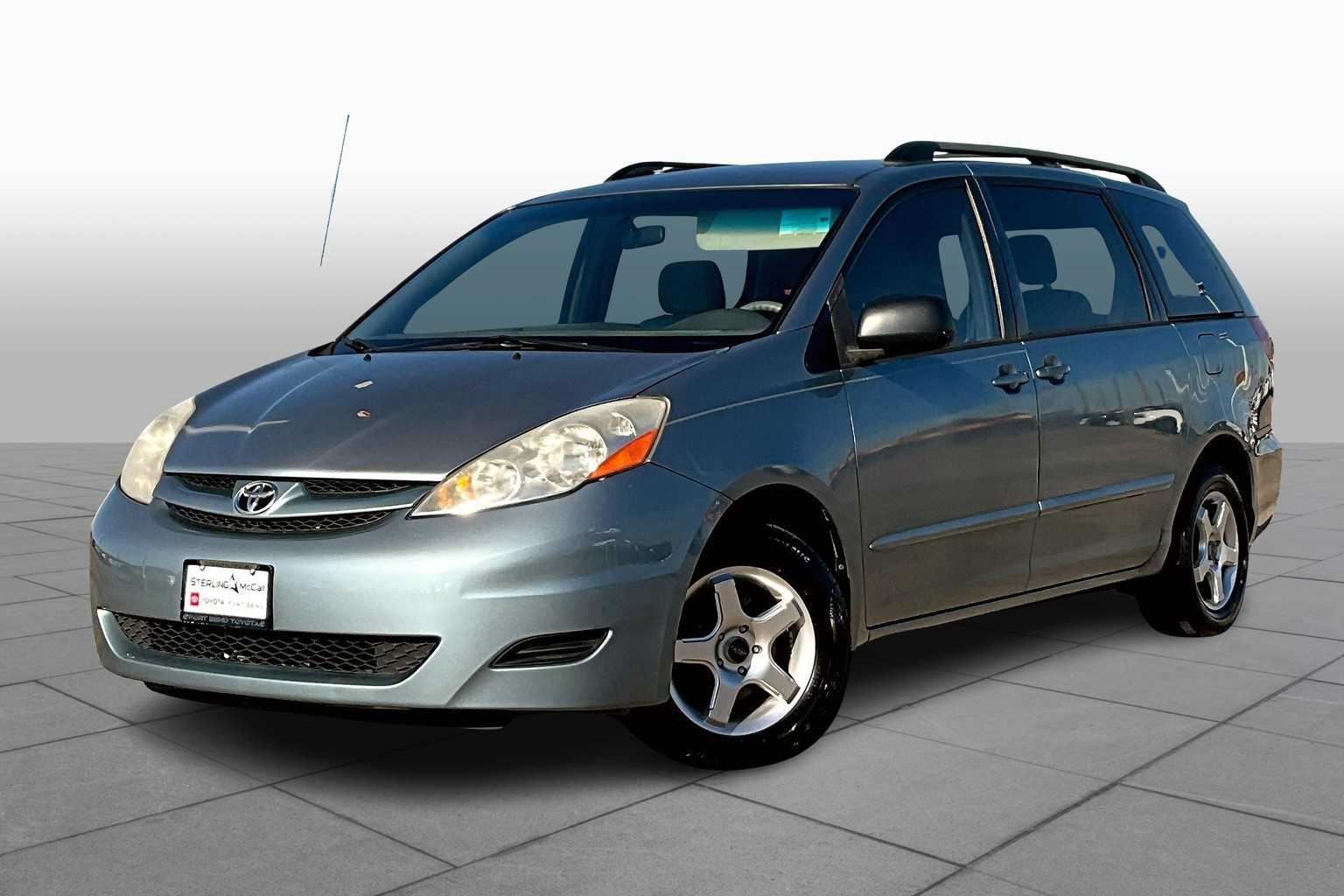
This adaptability through family life stages eliminates the need to change vehicle types as children age, creating powerful continuity in ownership. The available all-wheel drive system in pre-2021 models was unique among minivans of that era, further enhancing versatility for families in snowy regions.
Toyota’s conservative approach to styling and technology integration has helped the Sienna avoid looking prematurely dated. Rather than chasing trends with potentially problematic features, Toyota traditionally focused on refining proven systems across generations.
This approach means that even decade-old examples remain functionally competitive for essential family transportation needs without the electronic issues that often plague technology-forward competitors as they age.
Perhaps most tellingly, many long-term Sienna owners report that their vehicles have become so integrated into family memories and routines that they’ve developed emotional connections transcending practical considerations.
From cross-country vacations to daily school runs, these minivans often become trusted family members in their own right a powerful psychological factor that helps explain why the Sienna consistently ranks among vehicles with the highest retention rates after ten years.
10. Subaru Outback
The Subaru Outback has cultivated one of the automotive industry’s most devoted owner bases, with an exceptional percentage keeping their vehicles for a decade or more.
This remarkable retention rate stems from the Outback’s unique position in the market as a vehicle that combines sedan-like driving dynamics with SUV capability and wagon practicality, a versatile formula that continues meeting owners’ needs through changing life circumstances.
Subaru’s signature all-wheel drive system forms the foundation of the Outback’s long-term appeal. The system’s symmetrical design and continuously variable torque distribution provide confidence-inspiring performance in adverse conditions without the complexity that can plague other AWD systems as they age.
Many owners in snowy regions or rural areas report that after experiencing the Outback’s capability through countless winter storms and challenging terrain, they simply cannot imagine downgrading to a less capable vehicle.
This all-weather competence creates a powerful incentive for continued ownership, particularly in regions where seasonal road conditions present genuine challenges.
The fourth-generation Outback (2010-2014) particularly exemplifies the model’s durability virtues, with its naturally aspirated boxer engines demonstrating exceptional longevity when properly maintained.
While not the most powerful powertrains in their segment, these engines deliver reliable performance with reasonable maintenance costs even as odometers climb well into six-figure territory.
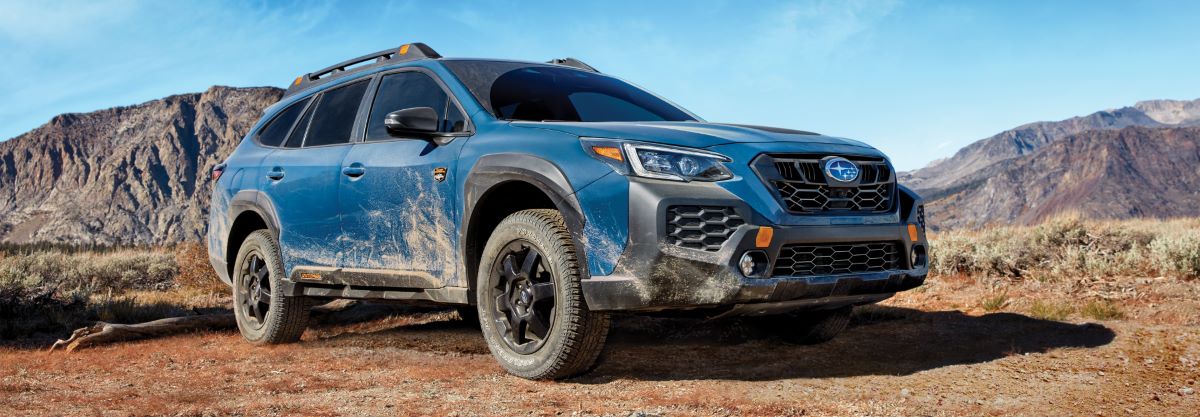
The transmission and other drivetrain components typically demonstrate similar durability, creating an ownership proposition where catastrophic failures rarely force replacement decisions.
The Outback’s practical design philosophy has aged remarkably well compared to more fashion-focused competitors. Its wagon silhouette maximizes interior space and visibility while maintaining car-like handling characteristics attributes owners increasingly appreciate over the years of ownership.
The generous ground clearance (8.7 inches in later generations) provides genuine off-pavement capability without requiring climb-in entry like traditional SUVs, creating everyday convenience that continues delivering value through a decade-plus of ownership.
Perhaps most significantly, the Outback has cultivated a distinct lifestyle image that resonates deeply with its owner base. The vehicle projects understated capability and outdoor readiness without aggressive styling or luxury pretensions, an authentic character that often aligns with owners’ self-perception.
This identity alignment creates emotional attachment that transcends practical considerations, helping explain why so many Outback owners, when considering their next vehicle purchase after a decade of ownership, simply choose another Outback.
11. Chevrolet Suburban
The Chevrolet Suburban stands as an American icon of long-term ownership, with an impressive percentage of original buyers still commanding these full-size SUVs after a decade or more on the road.
This remarkable retention rate reflects the Suburban’s unique combination of capability, durability, and versatility that continues to meet owners’ needs through changing life circumstances and transportation requirements.
At the heart of the Suburban’s longevity proposition lies its body-on-frame construction and proven powertrain options. The ninth and tenth-generation models (2007-2020) feature robust V8 engines, particularly the 5.3-liter and 6.0-liter variants that routinely accumulate 200,000+ miles with basic maintenance.
The traditional body-on-frame architecture, while heavier than unibody construction, provides exceptional durability and relatively straightforward repairs even after years of service.
This mechanical robustness means that properly maintained Suburbans often remain viable long after the typical replacement cycle, creating both practical and financial incentives for extended ownership.
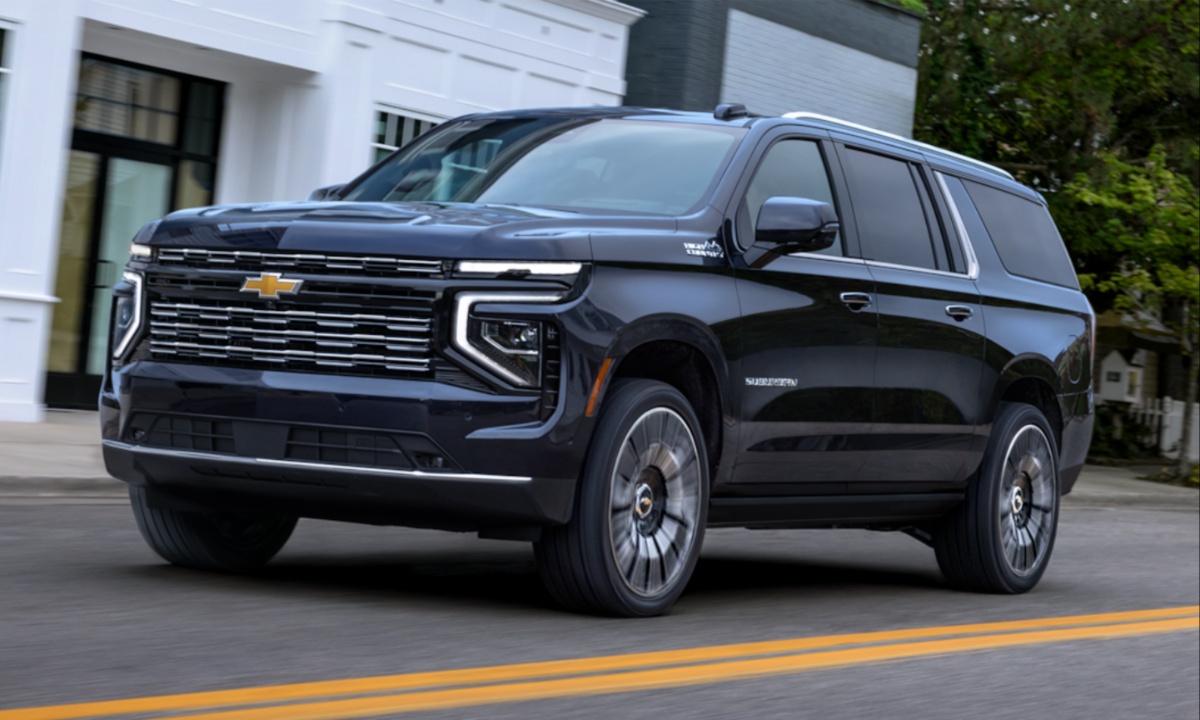
The Suburban’s unmatched interior volume contributes significantly to its decade-plus retention statistics. With seating for up to nine passengers and cavernous cargo capacity, the vehicle adapts gracefully to diverse transportation needs that would require multiple specialized vehicles for most families.
From towing boats and carrying sports equipment to accommodating growing families and road-trip luggage, the Suburban’s versatility eliminates the need to change vehicle types as owners’ requirements evolve. This adaptability creates powerful continuity in ownership that helps explain the vehicle’s exceptional retention rate.
Chevrolet’s measured approach to styling and technology integration with the Suburban has historically helped these vehicles avoid looking prematurely dated.
Rather than implementing radical design changes between generations, the Suburban maintained a consistent design language that aged gracefully. This visual longevity reduces the social pressure to upgrade that often affects more fashion-forward segments.
Perhaps most tellingly, many long-term Suburban owners develop deep emotional connections with their vehicles that transcend practical considerations. From cross-country family vacations to daily school carpools to weekend adventures towing boats and campers, these vehicles often become integral components of family memories and traditions.
This emotional attachment, combined with the vehicle’s continued practical excellence after many years of service, creates a powerful inertia toward continued ownership that helps explain why the Suburban consistently appears among vehicles with the highest ten-year retention rates.
12. Mazda MX-5 Miata
The Mazda MX-5 Miata represents a fascinating case study in long-term ownership, with an exceptional percentage of original buyers keeping their roadsters for a decade or longer.
This remarkable retention rate defies the typical pattern for sports cars, which are often traded frequently, and speaks to the Miata’s uniquely enduring appeal that transcends the usual depreciation and novelty cycles.
Mazda’s engineering philosophy with the MX-5 has consistently prioritized driving enjoyment through mechanical simplicity rather than pursuing maximum power or cutting-edge technology.
This approach, particularly evident in the second-generation NB (1999-2005) and third-generation NC (2006-2015) models, results in remarkably durable powertrains that routinely surpass 150,000 miles with basic maintenance.
Unlike many sports cars that become financially burdensome as they age, the Miata typically maintains reasonable operating costs throughout its lifespan, removing a key motivation for replacement.
The Miata’s focused design as a lightweight, driver-centric roadster contributes significantly to its long-term appeal. Rather than chasing trends or attempting to be all things to all buyers, the MX-5 maintains a pure vision of affordable open-top driving pleasure.
This clarity of purpose means that even as automotive technology evolves, the fundamental driving experience characterized by precise handling, direct steering feedback, and the visceral connection to the road remains distinctively rewarding in ways that newer, more isolated vehicles often cannot match.
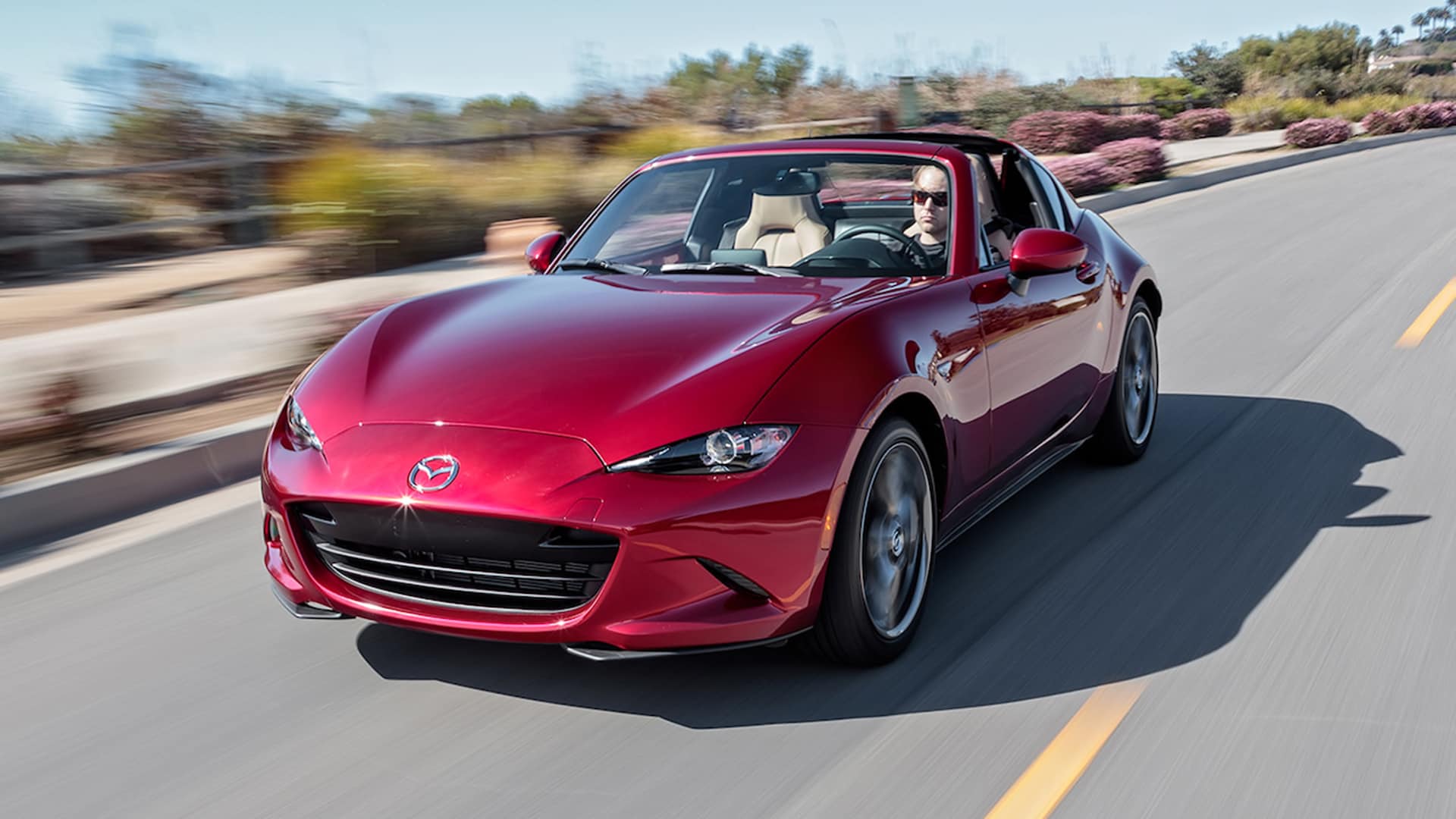
The extensive enthusiast community surrounding the Miata further reinforces long-term ownership. From local clubs and driving events to vast online technical resources and affordable aftermarket support, owners find themselves embraced by a culture that celebrates maintaining and improving these roadsters rather than replacing them.
This social reinforcement creates powerful incentives to preserve and enhance existing cars rather than trading up to newer models. Perhaps most significantly, many long-term Miata owners report that their vehicles have become deeply integrated into their lifestyle and self-identity.
Whether used for weekend canyon carving, amateur motorsports participation, or sunny-day enjoyment, these roadsters often transition from mere transportation to cherished hobby and passion.
This emotional connection, where the vehicle becomes an expression of the owner’s personality and values rather than simply a depreciating asset, helps explain why the Miata consistently appears among vehicles with the highest retention rates after ten years, establishing it as one of the automotive world’s most beloved long-term companions.

